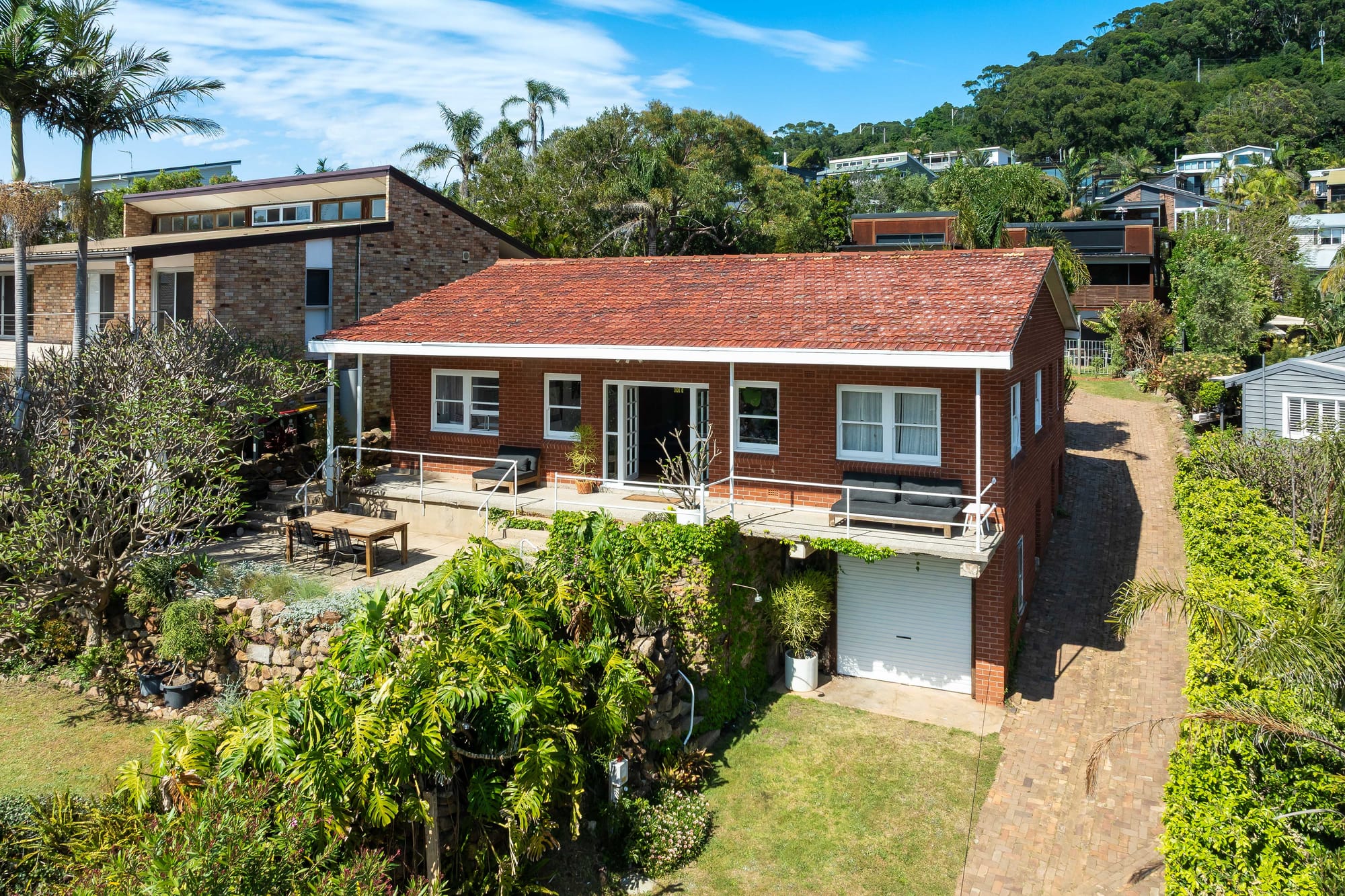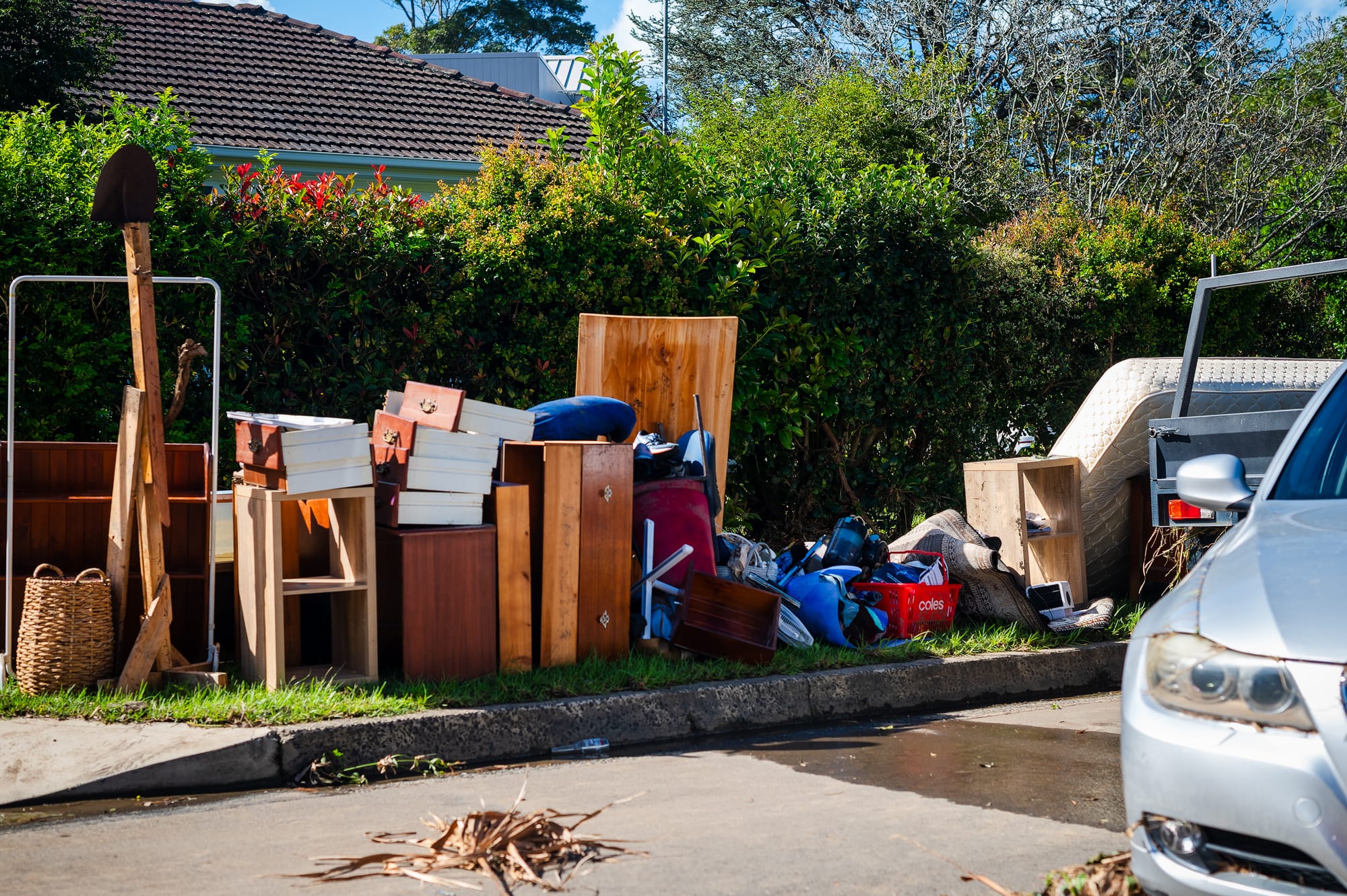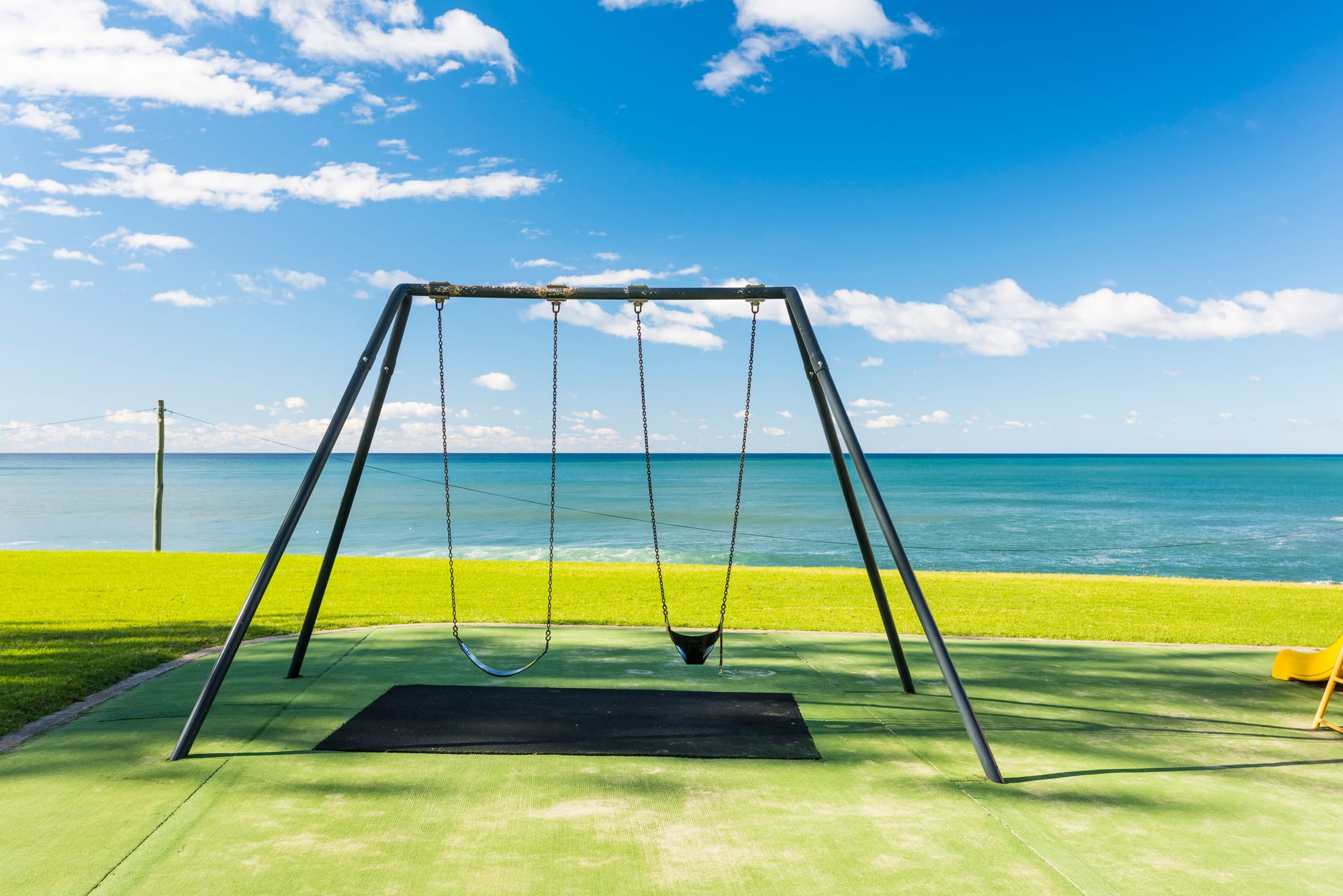Designing homes for a changing climate in the Illawarra
As the Illawarra-Shoalhaven region faces growing climate challenges, rethinking how homes are designed and retrofitted will be key to keeping communities healthy
By Jo McClellan, a housing and urban planning policy expert at Two Things Consultancy
As the Illawarra-Shoalhaven region faces growing climate challenges, rethinking how homes are designed and retrofitted will be key to keeping communities healthy.
The Illawarra Shoalhaven is approaching a pivotal moment. Climate projections for the region show a future that is, on average, hotter and more volatile. Projections from NARCliM indicate that average annual temperatures in the region could rise by around 1.7 degrees by 2050 under high-emissions scenarios, with significant increases in the number of very hot days each year.
By the end of the century, the region may experience more than nine additional days over 35 degrees annually, compared with historic baselines. Rainfall patterns are also expected to shift, with winter rainfall potentially falling by up to 35 percent in some inland parts of the region. These changes create compounding risks, particularly for communities living in older or poorly performing homes.
Although these environmental trends are widely discussed in climate policy circles, less visible are the consequences unfolding inside our living rooms and bedrooms. Climate stressors gather most intensely in the places where we live. As our homes struggle to cope under growing extremes, the pressure on both physical and mental health of our communities becomes more apparent.
This connection was underscored recently in a presentation from the University of Sydney’s Climate Change, Place and Mental Health Incubator, delivered to the Healthy Urban Environments Community of Practice. The Incubator’s work highlights how climate impacts are inseparable from mental health outcomes.
Homes that overheat, isolate residents, or lack adequate ventilation or outdoor refuge spaces can heighten anxiety, fatigue, sleep disruption, and a sense of instability. In regions such as the Illawarra Shoalhaven, the design and quality of the domestic environment will play an increasingly central role in how households navigate a changing climate.

The Housing and Health Connection
Data from the Australian Housing Conditions Data Infrastructure reveals a pattern that planners and architects have anecdotally observed. People living in older dwellings, particularly those constructed before 2000, report poorer mental health than residents of newer homes. This is likely linked to poorer thermal performance, limited cross-ventilation, minimal insulation, all of which make these homes susceptible to extreme heat. When combined with rising temperatures, this creates a risk landscape where the burden falls most heavily on those with the least choice in the housing market.
Without supportive policy settings or financial incentives, many lower-income residents will remain in homes that trap heat, retain moisture, and undermine recovery after climatic events. These conditions can heighten psychological distress, and erode a household’s ability to cope during weather extremes.

What the Incubator Is Revealing
The University of Sydney’s Climate Change, Place and Mental Health Incubator is one of the few initiatives in Australia that is systematically studying how climate, housing and mental health intersect. The program brings together architecture, planning, public health, psychology, and social policy researchers to examine how the built environment can either buffer or deepen climate-related stress.
Early findings point to interesting potential causal pathways. Poor building performance increases damaging exposure to climate impacts, which in turn heightens anxiety.
Conversely, housing that performs well thermally, that is designed to be both energy efficient and climate resilient, and that is located in neighbourhoods that foster strong connection while maintaining easy access to green and blue spaces, provides a powerful foundation for mental wellbeing. These qualities become even more critical in the period following disruptive events such as fires, floods or severe storms, when the stability and connectedness offered by well-designed homes and environments help communities recover more confidently.
For the Illawarra Shoalhaven, these insights are especially relevant. The region’s geography, with its mix of coastal communities, escarpment settlements, and inland towns, creates varied risk profiles. The diversity of the region demands housing responses that are sensitive to place and responsive to emerging climatic stressors.

Designing for Resilience and Connection
The Illawarra Shoalhaven Climate Change Adaptation Plan identifies heat stress, bushfire exposure, and coastal hazards as the region’s most significant future threats. However, it also points to the tremendous opportunity to reshape housing and neighbourhood design in ways that protect health and support resilience.
Retrofitting existing homes with improved insulation, lighter roofing materials, external shading and better ventilation can greatly reduce indoor heat exposure. At the neighbourhood scale, increasing tree canopy, expanding shaded public spaces, and investing in green infrastructure will help cool entire streets and create environments where people feel comfortable and connected. New housing developments should prioritise orientation for natural ventilation, shaded communal courtyards, walkable local centres, and access to public transport. These design elements are proven to improve comfort, reduce stress, and strengthen social cohesion.
Most importantly, housing resilience is inseparable from social resilience. Homes and neighbourhoods that enable interaction, mutual support, and a sense of safety help people recover from climate-related events more quickly. Public spaces that are shaded, inviting and walkable encourage community connection and provide psychological relief during extreme weather.

A Regional Opportunity
The Illawarra Shoalhaven holds a unique position in demonstrating what climate-resilient housing can look like in an Australian regional context. Its combination of coastal density, rural communities, established town centres and new development areas makes it a living laboratory for integrated design and planning. Work already underway through Healthy Cities Australia and the Healthy Urban Environments Community of Practice shows how collaboration between planners, architects, researchers and community organisations can turn research into practical solutions.
Local councils can accelerate progress by embedding climate-health principles into planning frameworks, supporting incentives for green retrofits, and setting clear expectations for climate-responsive design in new developments. For developers and housing providers, the opportunity is equally significant. Homes that remain comfortable during heat, reduce reliance on mechanical cooling, and promote wellbeing will increasingly become the benchmark, and a competitive advantage.

Looking Ahead
As the climate continues to change, our understanding of what makes a good home must evolve with it. Affordability and aesthetics remain important, but they are no longer enough. Homes must also be healthy, flexible, and resilient. They must support comfort during extremes, strengthen mental wellbeing through connection and stability, and ensure that vulnerable communities are not left behind.
The Illawarra Shoalhaven can show the nation how thoughtful, human-centred design can help people thrive in a warmer world. The research is clear, the community need is growing, and the opportunity to build a healthier regional future is within reach. The decisions we make about our homes and neighbourhoods today will shape our wellbeing, collectively and individually, for generations.

About the author
Jo McClellan, founder of Two Things, is a strategic leader in housing, health, and social planning. For two decades she has led policy and strategy that turn complex insights into evidence-based solutions. Jo partners with decision-makers to create outcomes that improve health and wellbeing for communities.
Contributing Authors
Dr Marlee Bower, University of Sydney, Lead Investigator, Climate Change, Place and Mental Health Incubator; Dr Lyrian Daniel, University of South Australia, Chief Investigator, Climate Change Place and Mental Health Incubator; and Jacky Dawkins, University of Sydney, Research Assistant, Climate Change, Place and Mental Health Incubator.
References
- University of Sydney, Climate Change, Place and Mental Health Incubator, 2025.
- Healthy Cities Australia, Healthy Urban Environments Community of Practice Factsheet, 2025.
- NSW Department of Climate Change, Energy, the Environment and Water (DCCEEW). Illawarra Shoalhaven – Climate Change Snapshot (NARCliM2.0), 2024.
- Australian Housing Conditions Data Infrastructure (AHCDI), 2024.






